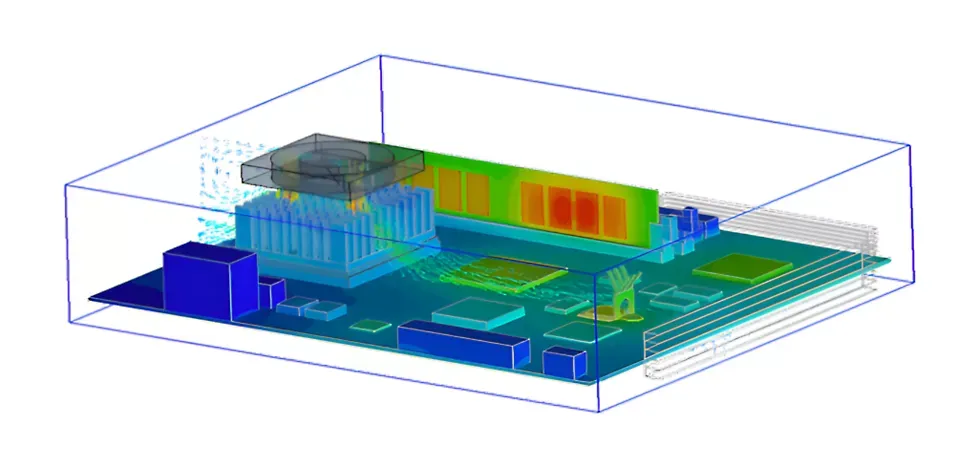As electronic devices become increasingly complex and demand higher performance, managing the relationship between temperature and electronic components has never been more critical. The operating temperature of components directly impacts their performance and longevity, making thermal management an essential aspect of electronic design.
Why Do Electronic Components Heat Up?
Electronic components generate heat due to several factors:
- Processing Power: High computational tasks result in increased energy consumption, which produces heat.
- Electrical Current: Increased current flow through circuits raises component temperatures.
- Fast Data Processing: High-speed operations generate heat due to rapid switching activities.
- Environmental Conditions: External temperature and surrounding environment also influence the heat generated.
- Material Properties: The thermal conductivity of the materials used can contribute to heat dissipation challenges.
Components must operate within a specific temperature range. Exceeding this range can degrade performance, reduce reliability, and even cause permanent damage.
Thermal Management: Keeping Components Cool
Thermal management involves strategies and techniques to regulate the temperature of electronic components, ensuring optimal performance and reliability. Key methods include:
1. Heat Dissipation Techniques
Efficient heat dissipation prevents excessive temperature rises. Common cooling methods include:
- Heat Sinks: Metal structures that absorb and dissipate heat away from components.
- Heat Pipes: Devices that transfer heat using thermal conductivity and phase change.
- Fans: Circulate air to cool components actively.
- Liquid Cooling Systems: Use fluids to transfer and dissipate heat.
- Thermal Pastes: Improve the thermal connection between components and heat sinks.
The choice of method depends on the design requirements, component temperature tolerance, and environmental factors.
2. Thermal Design Optimization
Thermal design focuses on optimizing the thermal performance of electronic devices by addressing factors such as:
- Component Placement: Minimizing heat concentration by strategic positioning.
- Cooling Systems: Selecting appropriate cooling solutions for the device’s needs.
- Airflow Management: Ensuring uniform heat distribution through efficient ventilation.
- Thermal Barriers: Reducing heat transfer between components.
- Material Selection: Using materials with high thermal conductivity to aid heat dissipation.
Thermal design not only improves performance but also enhances energy efficiency and extends the device’s lifespan.
Environmental Considerations
The environment in which a device operates significantly affects its thermal behavior. For example:
- Outdoor devices may experience extreme temperature fluctuations.
- Confined spaces can hinder ventilation, causing heat buildup.
When designing for such scenarios, accounting for environmental temperature changes and usage conditions ensures the device performs reliably.
Best Practices for Thermal Management
To effectively manage temperature in electronic components, consider the following:
- Use Thermal Simulation Tools: These tools model temperature distribution during the design phase, identifying potential issues early.
- Select Suitable Cooling Systems: Choose systems that meet the thermal demands of your components.
- Ensure Proper Airflow: Optimize airflow to reduce temperature inconsistencies and improve heat distribution.
- Optimize Component Placement: Strategically position components to minimize heat concentration and facilitate heat dissipation.
- Choose Heat-Dissipating Materials: Use materials with high thermal conductivity to enhance thermal performance.
Conclusion
Thermal management is a crucial part of electronic design. Proper strategies ensure components operate within safe temperature ranges, boosting performance and longevity. By incorporating thermal analysis tools, selecting appropriate cooling systems, and optimizing thermal design, you can effectively manage the relationship between temperature and electronic components.
We hope this article helped you understand the importance of thermal management in electronic design. By applying these principles, you can achieve better performance and longer-lasting components in your projects.
Happy designing!
